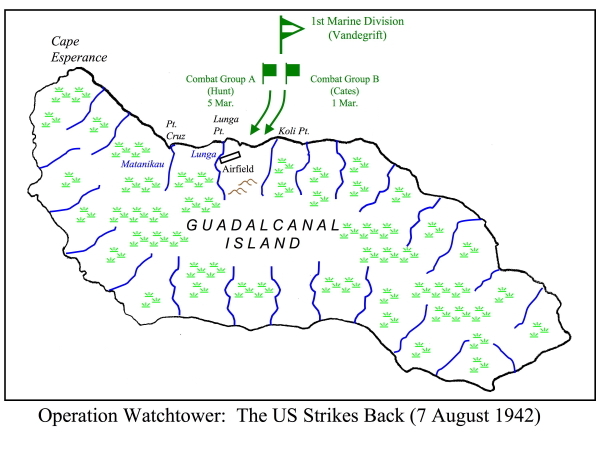“What were you guys thinking?”
The Imperial Japanese Army was, by most standards, a first-rate outfit. Its officers were as smart and dedicated as they come and the enlisted ranks were filled with some of the toughest light infantry the world has ever seen. They hardly seem like the type of folks who would dive headlong into a debacle. And yet they did.
“How did you get into this mess?”
An equally good question. Launching a war that eventually saw Japan taking on the Chinese, the British (plus the Commonwealth), the U.S., and finally the Soviets simultaneously, the Imperial Army (kogun) turned itself into the 1940’s equivalent of Sisyphus.
Oh sure, just like Sisyphus, the first push up the hill was pretty successful, and the initial Japanese gains after Pearl Harbor still have the capacity to amaze: Malaya, Singapore, Java, the Philippines. But we need to be honest: in early 1942 Japan was a middle-level power that circumstances were allowing to punch above its weight. Much of the early success was due to the fact that its opponents were so unprepared (in some cases) or so distracted by the fighting in Europe (in others). The first Japanese offensive easily overran the Dutch East Indies, for example, and those oil-rich islands were some of the biggest plums in the Pacific. We aren’t being uncharitable, however, if we point out that the mother country was under Nazi occupation at the time. The same with the British colonies. Locked in its own life and death struggle with a fierce enemy on its very door-step, Britain could hardly concentrate on the defense of such far-flung locales as Hong Kong, Kuala Lumpur, or Singapore. Japanese planning and preparation were first-rate, to be sure, but they were operating in a uniquely favorable situation.
As everyone knows, that boulder has a way of rolling back, however, and when it rolled down on Japan, it rolled down hard. From mid-1942 on, the Japanese operational record was the very definition of futility. The kogun reeled from one defeat to another. Their American enemies alone outnumbered and outproduced it many times over, and they were able to pry the Japanese out of one defensive bastion after another. Every student of the Pacific War knows the chronology: the 1st Marine Division landing on Guadalcanal in the Solomon islands in August 1942; the landing of the 2nd Marine Division on Tarawa in November 1943 (the Gilberts); the 4th Marine Division on Kwajalein in January 1944 (the Marshalls); more “storm landings” on Saipan, Guam, and Tinian in June 1944 that gave the U.S. control of the Marianas.

And so it went. If U.S. forces wanted to take a position badly enough in this war, the Japanese had to yield, even with soldiers willing to kill themselves rather than surrender. Having to disperse forces all over the vast Pacific, they could never match what we might call U.S. “surge capacity”—the ability to concentrate rapidly for battle at a specific time and place. U.S. planners skillfully played on Japan’s vulnerability, bypassing dozens of islands and letting massive Japanese forces wither on the vine. In February 1944, for example, heavy U.S. air raids smashed the Japanese base at Truk in the Caroline islands. U.S. forces essentially ignored the rest of the chain, and they did the same to the immense Japanese base at Rabaul, turning the island of New Britain into a kind of guardless POW camp for over 100,000 Japanese soldiers. I won’t even go into the finale: the mech-heavy Soviet offensive into Manchuria in 1945 that shredded the Japanese Kwantung Army without breaking a sweat, or the U.S. atomic bombs on Hiroshima and Nagasaki. They speak for themselves.
Let’s end where we began, with the question, “What were you guys thinking?” This was a war that Japan had a very small chance of winning. My (admittedly) non-scientific estimate would place it at 10 percent, maybe less. Your mileage may vary.
So, what were they thinking? I’m a historian, so you probably suspect how I’m going to answer this question. The key to Japan’s performance in World War II, perhaps even its decision to launch such a “senseless” war in the first place, lies in the past. The distant past.
Next week, let’s take a trip back in time. The year is 1853, and Japan’s world has just exploded.
For the latest in military history from World War II‘s sister publications visit HistoryNet.com.




